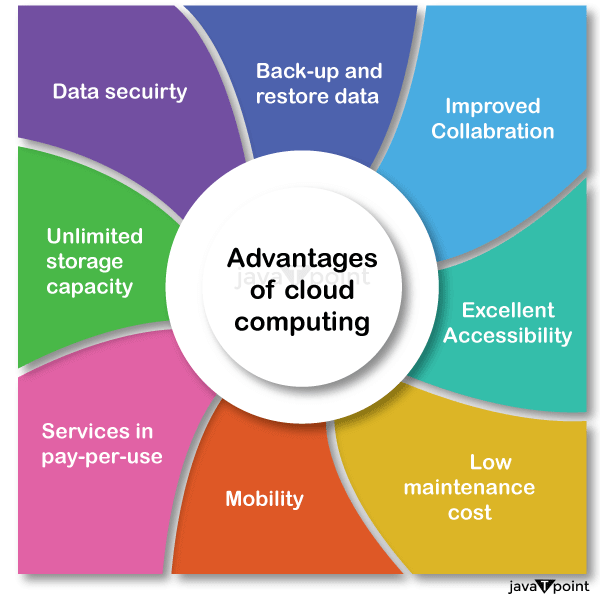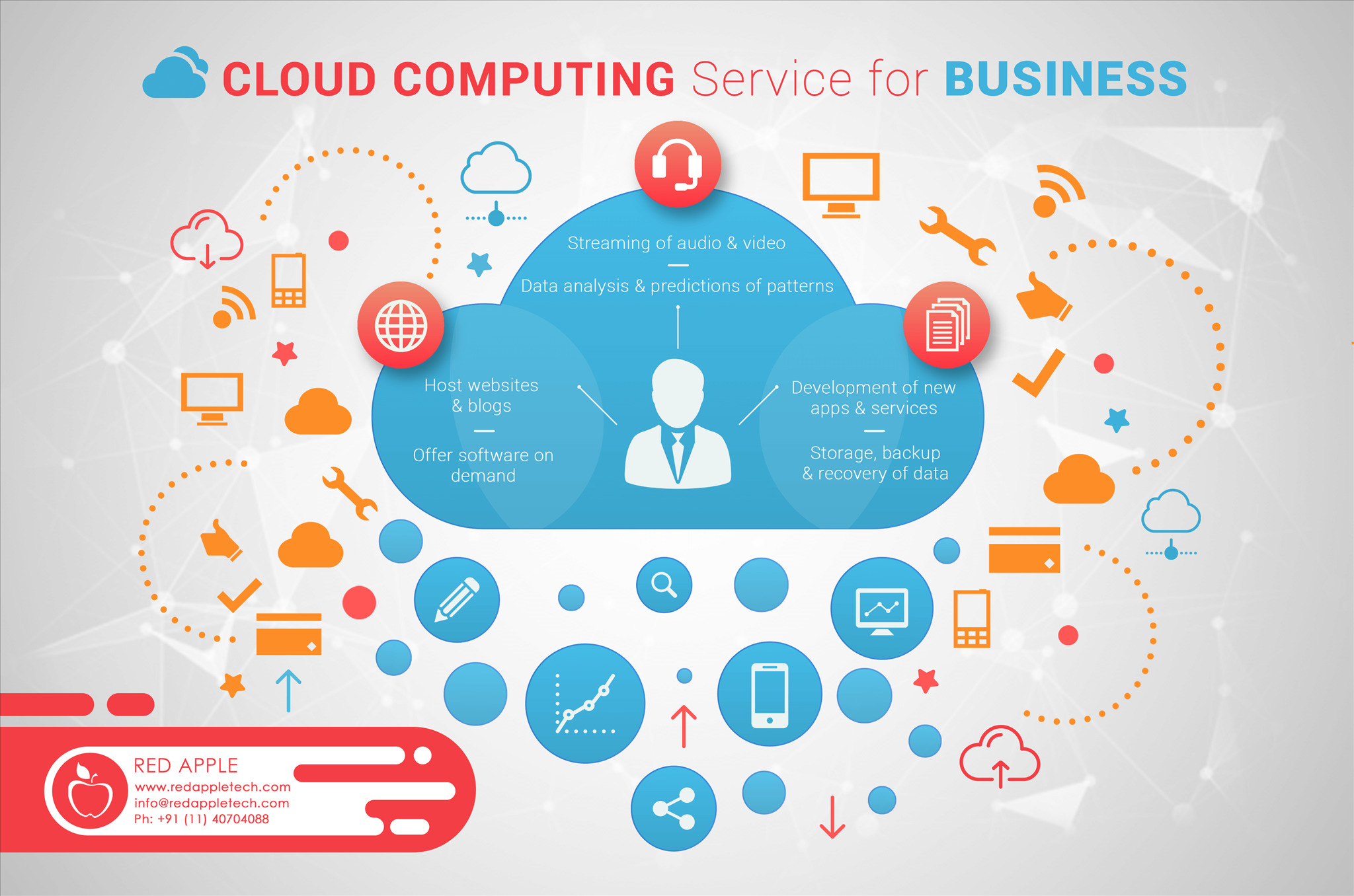LinkDaddy Cloud Services Press Release: Announcing New Characteristic and Enhancements
LinkDaddy Cloud Services Press Release: Announcing New Characteristic and Enhancements
Blog Article
Achieve Seamless Scalability With Cloud Services
In the ever-evolving landscape of cloud services, attaining smooth scalability stands as a cornerstone for modern companies looking for to stay adaptable and affordable. The capability to effortlessly broaden or contract sources in response to transforming demands is a pivotal benefit in today's fast-paced digital setting. By mastering the art of scalable cloud services, organizations can not just optimize efficiency and enhance operations yet likewise lead the way for future growth and innovation. The mission for smooth scalability with cloud services unveils a globe of opportunities for those going to welcome the transformative power of dynamic resource monitoring.
Advantages of Cloud Scalability
Cloud scalability offers companies the versatility to dynamically change resources based on demand, ensuring ideal efficiency and cost efficiency. In addition, cloud scalability advertises innovation and testing by allowing organizations to quickly examine new ideas and range them as required. Eventually, the benefits of cloud scalability expand past expense savings to encompass enhanced performance, dexterity, and advancement.
Key Attributes for Scaling
Effective scaling in cloud solutions relies upon key features that allow organizations to readjust resources dynamically based upon demand. One vital feature for scaling is flexibility, enabling resources to scale up or down in response to varying work. This ensures that organizations can satisfy efficiency requirements without over-provisioning resources. An additional essential function is scalability, enabling systems to deal with raised workload by including resources perfectly. This function is crucial for accommodating development without endangering efficiency. Additionally, automation plays a crucial duty in scaling by automating the provisioning and de-provisioning of resources based on predefined plans. Automation reduces human treatment, enhances effectiveness, and ensures fast action to transforming needs. Monitoring and analytics devices are also crucial for scaling, providing understandings right into source use, efficiency metrics, and potential traffic jams. These devices enable organizations to make informed decisions and optimize resource appropriation for efficient scaling. Generally, these key functions collectively empower companies to achieve seamless scalability in cloud solutions.
Carrying Out Auto-Scaling Strategies
To successfully enhance source allocation and adjust to varying work, companies must tactically implement auto-scaling techniques in their cloud services framework. Auto-scaling enables systems to immediately change the variety of calculate resources based on real-time need. There are different auto-scaling strategies that companies can employ, such as anticipating scaling, which uses historic information to forecast future resource demands, and reactive scaling, which reacts to present workload modifications.

Ideal Practices for Scalability
For companies aiming to improve their scalability in cloud services, carrying out ideal practices is important for optimum efficiency and source management. One trick best practice is making applications with a microservices design. This method breaks down applications into smaller sized, independent services that can be deployed, updated, and scaled independently, permitting higher versatility and scalability.
One more important method is utilizing containerization innovation, such as Docker or Kubernetes. Containers allow the packaging of applications and their dependences into separated systems, making it much easier to scale components individually and deploy them consistently across different settings.
Furthermore, applying automated deployment and facilities as code (IaC) can enhance scalability efforts (linkdaddy cloud services). Automation devices like Terraform or Ansible help in provisioning and taking care of sources successfully, lowering hands-on mistakes and making it possible for quick scalability
Additionally, keeping an eye on efficiency metrics, establishing informs, and carrying out regular capability preparation are important practices to make certain proactive scalability administration. By sticking to these finest practices, companies can achieve seamless scalability in their cloud services while optimizing efficiency and source utilization.
Tracking Performance Metrics
When examining the efficiency of cloud services scalability, very closely monitoring efficiency metrics is necessary for ensuring ideal capability and source allowance. By constantly tracking vital performance indications (KPIs) such as reaction times, source, throughput, and latency application, organizations can gain valuable understandings into the health and efficiency of their cloud framework. Keeping an eye on performance metrics permits the early discovery of prospective bottlenecks or problems that can influence scalability, allowing proactive actions to be taken to resolve them before they rise.

Final Thought
To conclude, achieving smooth scalability with page cloud services is important for organizations to maximize performance, improve development, and maintain high efficiency levels during peak times. By leveraging the advantages of cloud scalability, applying auto-scaling approaches, making use of crucial features such as flexibility and automation, and adhering to finest practices like application design and performance surveillance, services can efficiently scale their systems while making best use of resource application and efficiency.
The quest for smooth scalability with cloud solutions reveals a world of possibilities for those prepared to embrace the transformative power of dynamic resource monitoring.
Cloud scalability uses organizations the versatility to dynamically change resources based on need, making sure optimal performance and price performance. One more vital function is scalability, enabling systems to handle increased work by including resources seamlessly.For organizations intending to boost their scalability in cloud services, implementing best methods is essential for optimum efficiency and resource management.When assessing the efficiency of cloud solutions scalability, closely keeping track of efficiency metrics is critical for guaranteeing ideal performance and resource allowance.
Report this page